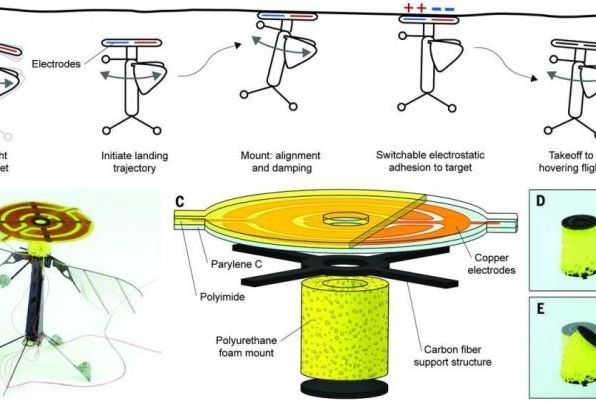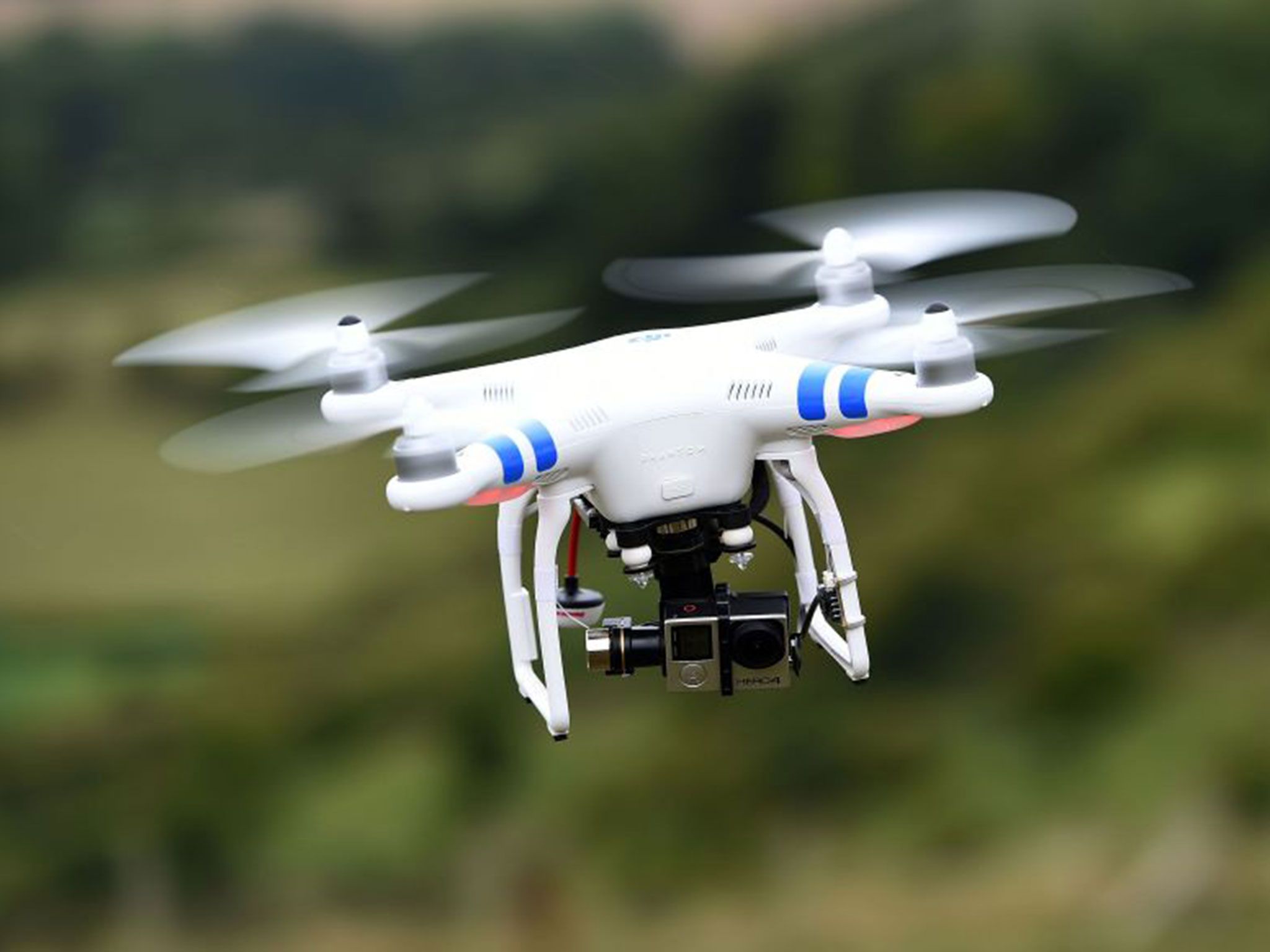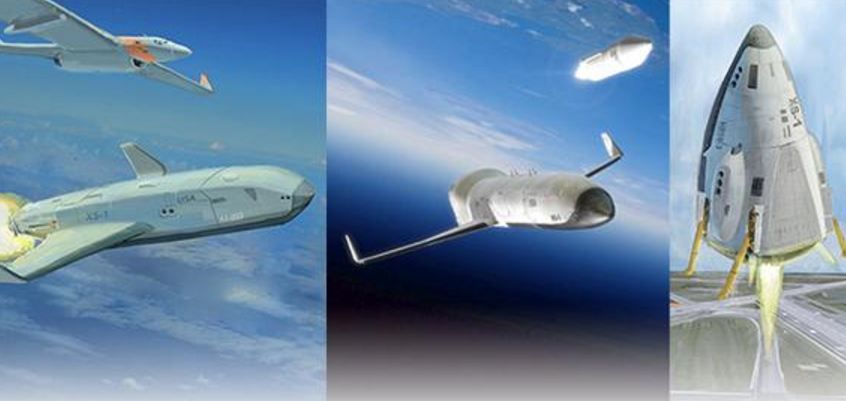Archive for the ‘drones’ category: Page 152
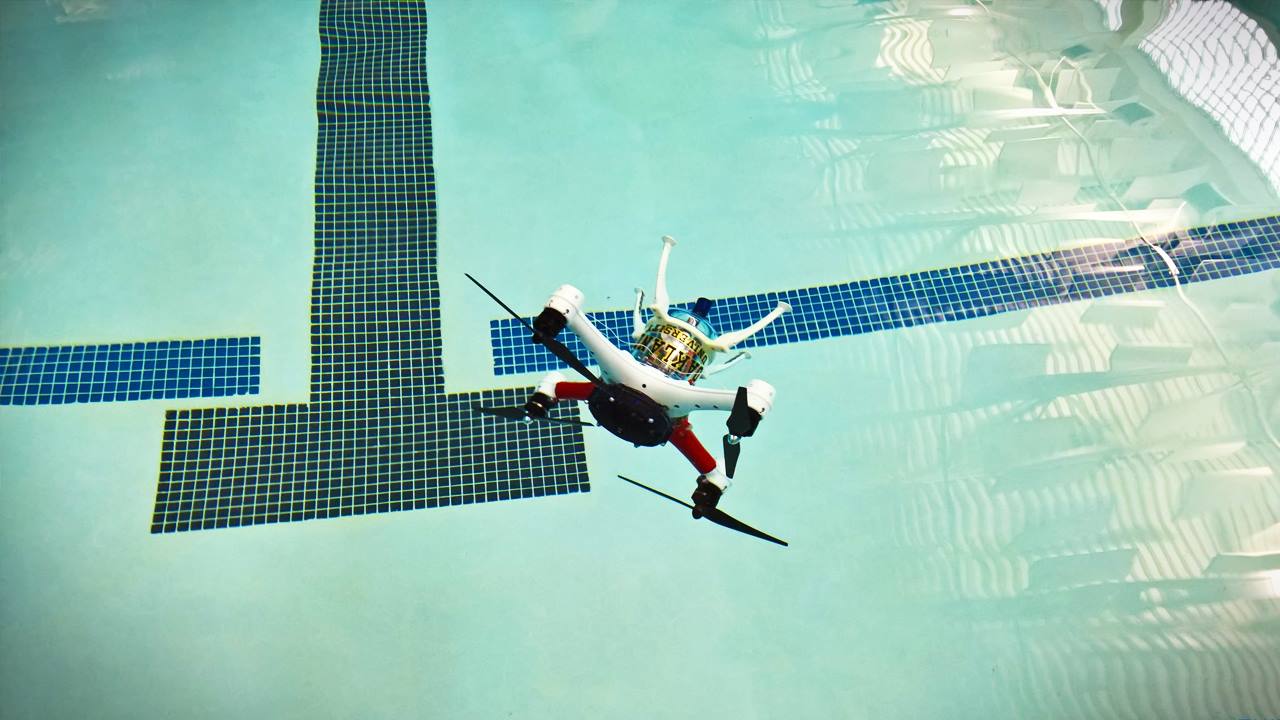
A drone that can fly AND go underwater https://www.facebook.com//videos/572388199607050/
A drone that can fly AND go underwater?
Yes, please.
May 28, 2016
Thailand Creating Forests
Posted by Bryan Gatton in categories: climatology, drones, food, sustainability
As a result of deforestation, only 6.2 million square kilometers remain of the original 16 million square kilometers of forest that formerly covered Earth. Apart from adveserly impacting people’s livelihoods, rampant deforestation around the world is threatening a wide range of tree species, including the Brazil nut and the plants that produce cacao and açaí palm; animal species, including critically-endangered monkeys in the remote forests of Vietnam’s Central Highlands, and contributing to climate change instead of mitigating it (15% of all greenhouse gas emissions are the result of deforestation).
While the world’s forest cover is being unabashedly destroyed by industrial agriculture, cattle ranching, illegal logging and infrastructure projects, Thailand has found a unique way to repair its deforested land: by using a farming technique called seed bombing or aerial reforestation, where trees and other crops are planted by being thrown or dropped from an airplane or flying drone.
The tree seed bombing in Thailand is one of the greatest examples of ‘Conscious Entrepreneurs’ or ‘Spiritual Entrepreneurs’ out there right.
May 21, 2016
Lethal Autonomous Weapons
Posted by Roman Mednitzer in categories: biotech/medical, computing, drones, engineering, geopolitics, robotics/AI, treaties

Biography:
Stuart Russell received his B.A. with first-class honours in physics from Oxford University in 1982 and his Ph.D. in computer science from Stanford in 1986. He then joined the faculty of the University of California at Berkeley, where he is Professor (and formerly Chair) of Electrical Engineering and Computer Sciences and holder of the Smith-Zadeh Chair in Engineering. He is also an Adjunct Professor of Neurological Surgery at UC San Francisco and Vice-Chair of the World Economic Forum’s Council on AI and Robotics. He has published over 150 papers on a wide range of topics in artificial intelligence including machine learning, probabilistic reasoning, knowledge representation, planning, real-time decision making, multitarget tracking, computer vision, computational physiology, and global seismic monitoring. His books include “The Use of Knowledge in Analogy and Induction”, “Do the Right Thing: Studies in Limited Rationality” (with Eric Wefald), and “Artificial Intelligence: A Modern Approach” (with Peter Norvig).
Abstract:
Autonomous weapons systems select and engage targets without human intervention; they become lethal when those targets include humans. LAWS might include, for example, armed quadcopters that can search for and eliminate enemy combatants in a city, but do not include cruise missiles or remotely piloted drones for which humans make all targeting decisions. The artificial intelligence (AI) and robotics communities face an important ethical decision: whether to support or oppose the development of lethal autonomous weapons systems (LAWS).
May 20, 2016
MIT researchers unveil perching bee robot
Posted by Dan Kummer in categories: drones, robotics/AI
BOSTON, May 19 (UPI) — Engineers at MIT and Harvard have designed a tiny bee-like robot capable of pausing mid-flight to perch on a variety of objects before once again taking to the air. The robot uses static electricity to momentarily cling to the underside of objects.
Robots designed for aerial surveys and related observational tasks, like quadcopters, are currently limited by short flight times. They tend to run out of battery rather quickly. While perching won’t extend a drone’s actual time in the air, the technology could empower UAVs to employ their power more strategically — periodically taking a moment to rest their wings, or blades.
Researchers tested their technology on RoboBee, a bug-like flying robot no bigger than a quarter. A small jolt of static electricity emitted through a tiny foam patch on the bee’s head allows it to land on and adhere to the underside of a plant or to the ceiling.
Continue reading “MIT researchers unveil perching bee robot” »
May 17, 2016
The U.S. military is developing a sleeping underwater army of drones
Posted by Karen Hurst in categories: drones, military
Someone could trigger these UAVs to emerge from the ocean depths from thousands of miles away.
By Jennings Brown.
May 13, 2016
Fox Firepower: The Navy’s new ultimate element of surprise?
Posted by Karen Hurst in category: drones
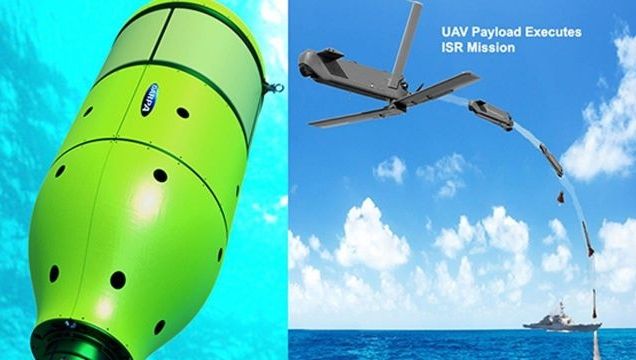
May. 12, 2016 — 5:58 — Tech Take: Allison Barrie on the DARPA designed hidden high-tech ocean pods designed to unleash Naval drones.
May 11, 2016
Drones will take $127bn worth of human work by 2020, PwC says
Posted by Dan Kummer in categories: business, drones, food
Google and Amazon were quick to put drones to use delivering orders.
But new research suggests delivery is just one small way drones are going to replace humans. The tiny airborne vessels will soon clean windows on skyscrapers, verify insurance claims and spray pesticide on crops.
The global market for drones, valued at around $2 billion today, will replace up to $127 billion worth of business services and human labour over the next four years, according to a new research by consulting firm PwC.
Continue reading “Drones will take $127bn worth of human work by 2020, PwC says” »
May 10, 2016
DARPA Robot Space Plane will replace the Space Shuttle
Posted by Karen Hurst in categories: drones, robotics/AI, space travel
Besides it not being a true space vehicle, XS-1 will be notable because it’ll be a drone, a robot space ship.
It will launch itself to the edge of space (basically 100 kilometers up there) and release its payload into LEO. It’s being called a plane because it’ll take-off and land like a plane on every mission.
DARPA’s toy will then be refueled and launched again. DARPA wants its space plane to be so reliable it can fly “10 times in 10 days.” DARPA expects the cost of a space plane flight to come to a measly $5 million compared to the $450 million once spent to launch a space shuttle.
Continue reading “DARPA Robot Space Plane will replace the Space Shuttle” »
May 8, 2016
AI-On-A-Chip Soon Will Make Phones, Drones And More A Lot Smarter
Posted by Klaus Baldauf in categories: computing, drones, mobile phones, robotics/AI, transportation, wearables
Movidius’ Myriad 2 vision processing chip (Photo: Movidius)
The branch of artificial intelligence called deep learning has given us new wonders such as self-driving cars and instant language translation on our phones. Now it’s about to injects smarts into every other object imaginable.
That’s because makers of silicon processors from giants such as Intel Corp. and Qualcomm Technologies Inc. as well as a raft of smaller companies are starting to embed deep learning software into their chips, particularly for mobile vision applications. In fairly short order, that’s likely to lead to much smarter phones, drones, robots, cameras, wearables and more.
Continue reading “AI-On-A-Chip Soon Will Make Phones, Drones And More A Lot Smarter” »


